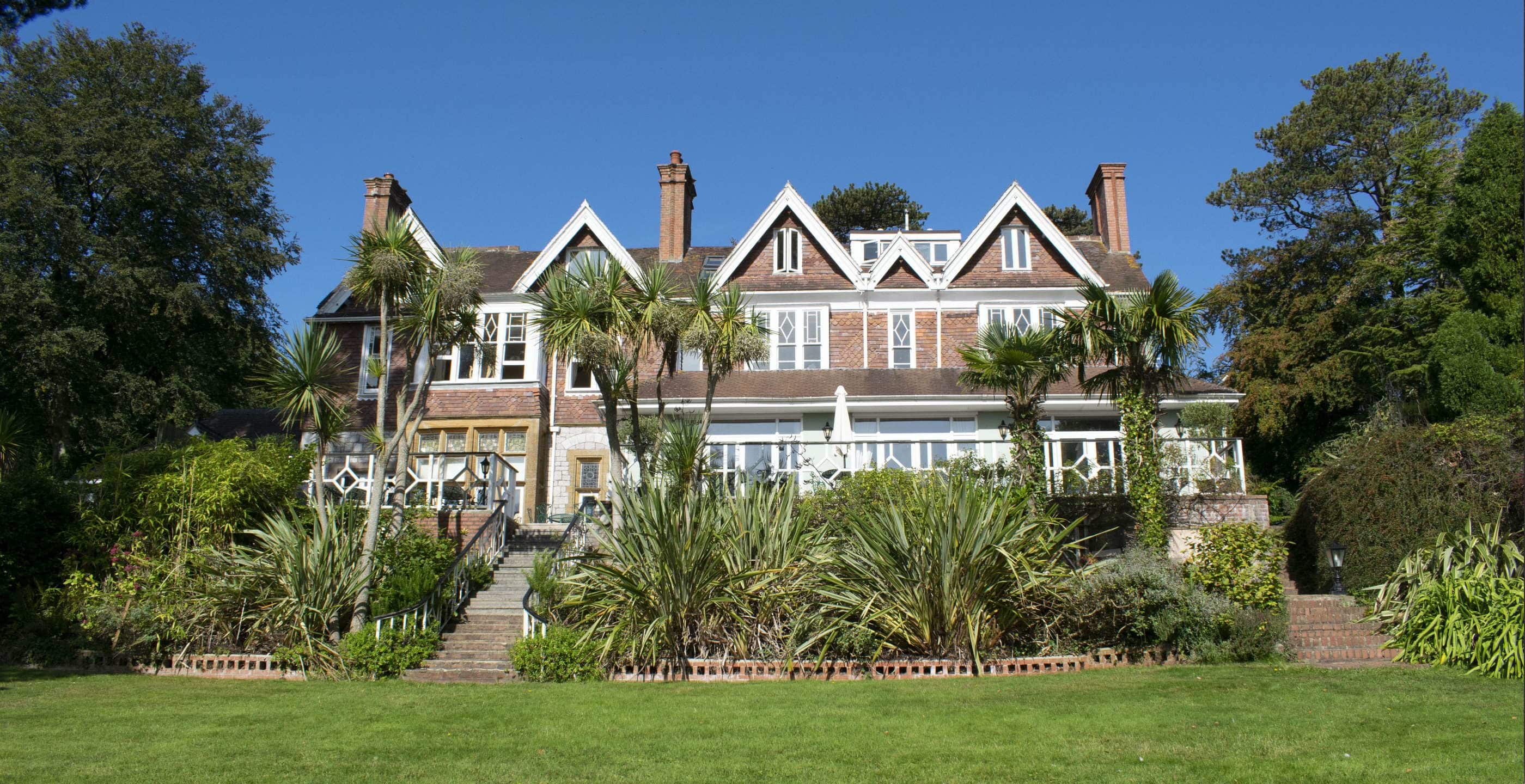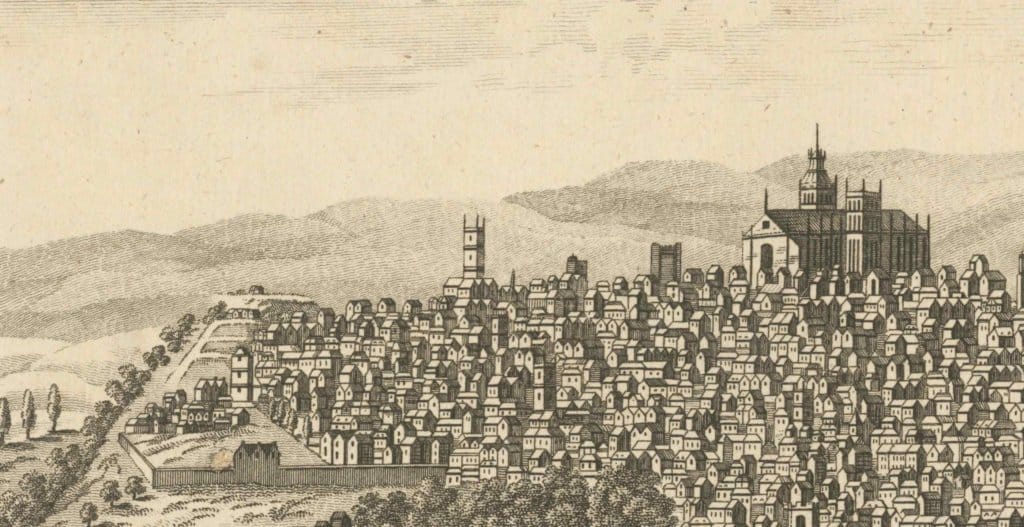Snug in the hillside at Maidencombe, in the rolling landscape of the English Riviera, sits Orestone Manor. Now a stunning hotel, this was once the home of the narrative painter, John Callcott Horsley. The house was built in 1830, and although the story goes that it was built by, or at least designed by, Horsley himself, this seems highly unlikely. Horsley was only born in 1817 and so would have been just 13 at the time of building his first house! It’s more likely that who and why this house was first built is lost on the gentle Devon breeze and that Horsley took up residence here some time later.
John Callcott Horsley was a very successful and wealthy artist at the time of first living at Orestone Manor and he was also still a bachelor, so he pretty much had the place to himself. He used this house as his ‘lodge’, as he also owned a house in London. Wandering around the hotel today, the sumptuous lounge and the spacious bedrooms, it’s incredible to imagine the man filling this large manor house well before he had his own family, but rumour tells us there were many great gatherings and parties held in this beautiful house by the sea. So, perhaps, it was the perfect coastal escape for a rich London bachelor!
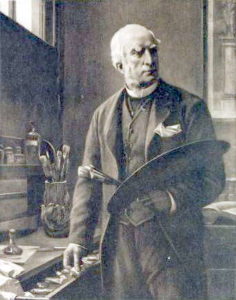 John Callcott Horsley
John Callcott Horsley
In 1843 while living at the house and still unmarried Horsley was commissioned by his friend to design what would become the world’s first Christmas card. Horsley’s friend who had this enterprising idea was Sir Henry Cole, the first ever director of The Victoria and Albert Museum in London. Cole had a print run of 1000 dashed off and then sold the cards at 5p each. There are just 18 of these original Christmas cards still in existence and you can view one by appointment at the V&A museum where Cole was once director. By contrast to the original pricing for these souvenir cards, one has recently sold at auction for £22,000.
Horsley wasn’t known for painting controversial scenes, but this card did cause something of a stir when it was released into the world. Depicting a fun Christmas day celebration in the centre of the card, a thirsty child appears to guzzle down a glass of red wine. There must have been only a mild and short-lived outcry to this, however, as the card became the most popular Christmas card of its era.
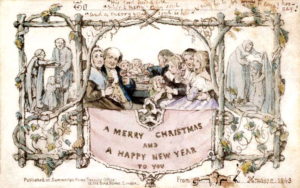 World’s first Christmas card.
World’s first Christmas card.
But Orestone Manor was to be host to even further historical events when Horsley’s sister married the great engineer Isambard Kingdom Brunel. Horsley married his first wide, Elvira, soon after this and the couple had three sons, so the vast and airy house now had a family bustling around in its many rooms and sweeping gardens. Brunel sat for his portrait somewhere on the premises of the manor house in 1857. It’s often said this event took place outside in the garden, although the portrait seems to suggest it was indoors. This captivating painting was gifted to the National Portrait Gallery by Brunel’s son in 1895 where it still hangs today. The date of this painting is particularly poignant, as it was in 1857 that Frank, Horsley’s middle child with his first wife, Elvira, followed his two brothers and mother into an early grave. But it seems Horsley wasn’t alone in his time of grief. He had re-married quickly following Elvira’s death in 1852, to Rosamund Haddon in 1854. Together the couple had 11 more children. Although Horsley now had a large enough family to fill Orestone Manor, it’s unclear if the family continued living there after Brunel’s portrait was painted.
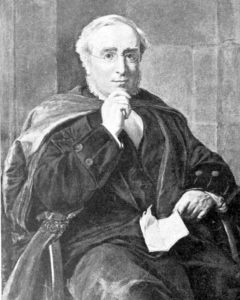 Portrait of Isambard Kingdom Brunel by Horsley, 1892
Portrait of Isambard Kingdom Brunel by Horsley, 1892
This may be where Horsley’s connection with Orestone Manor ends, but this incredible seaside location amid a rugged rocky landscape, continued to be a pull to creative people. In 1896 the writer Rudyard Kipling lived for a year in the house next door, Rock House, leaving it in a hurry claiming the house was haunted. When you walk down towards the small red sand beach here at Maidencombe, you’ll pass the entrance to Rock House on the right. Further down this winding single lane road you’ll see a white building called the Courthouse. This building stands on what was the original manor house of Maidencombe, and a couple of the walls still standing and still part of this house today, are said to be from the original. There was a prison below this courthouse which is now used as a wine cellar.
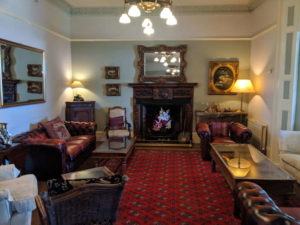
A good walk along the coastal path will take you all the way to Oddicombe where you can enjoy a gentle lapping shoreline and the old cliff side railway, built in 1926, that ferries passengers up and down from the town to the beach below. The rocky coastline in this part of Devon means the small pretty alcoves are often difficult to reach, but with their sheer red rock cliff faces and red sand shores, they are unique and quite stunning when you do make it down there.
The English Riviera has long been the favoured destination, and chosen home, to many artists, writers, musicians, and well-to-do high society movers and shakers. This area of the south west has it all – a rural landscape of woodland and rolling green hills, a rugged and rocky coastline, pretty beachside alcoves and promenades, and an abundance of history to discover. And amongst the stories, the beauty, and the culinary delights, Orestone Manor is the jewel in the crown.
By Samantha Priestley. Samantha is a writer from Sheffield. She won the H E Bates competition and The Tacchi-Morris Prize for short stories. She has five novels and two chapbooks published. Samantha’s first criminal history book, The History of Gibbeting, is published by Pen and Sword in February 2020.www.Samanthapriestley.co.uk
